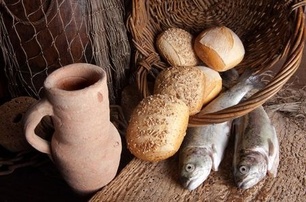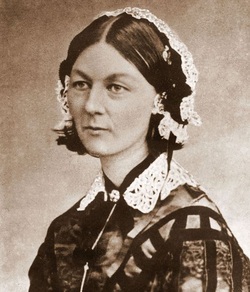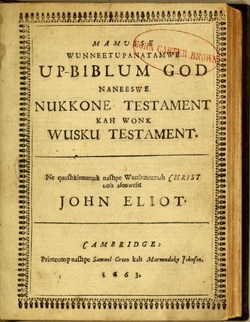
The sixth chapter of John records the miracle of the feeding of the 5000 in which a great crowd that was following Jesus was fed by a mere five loaves and two fishes as a sign:
“Jesus then took the loaves, gave thanks, and distributed to those who were seated as much as they wanted. He did the same with the fish. When they had all had enough to eat, he said to his disciples, “Gather the pieces that are left over. Let nothing be wasted.” So they gathered them and filled twelve baskets with the pieces of the five barley loaves left over by those who had eaten” (John 6:5-13 emphasis added).
In reading the story of this miracle we tend to only notice the fact that after the feeding of the 5,000 the disciples took up far more food than they started with. But notice also that Christ’s instructions to gather up the remaining pieces of bread included the careful instruction “let nothing be wasted” or, as we might say today “don’t lose any!” Clearly, there was no shortage of food, so the command not to lose any of the crumbs must have had another reason behind it.
The narrative then proceeds with Jesus moving from the area to avoid the crowds and the storm on the Sea of Galilee, and in reading we tend to not connect the next part of the story. But the narrative is clearly connected. The first thing we see Jesus doing once he arrived at his destination was to begin to teach the people a lesson based on what they had seen.
“Jesus said to them, ‘I am the bread of life; whoever comes to me shall not hunger, and whoever believes in me shall never thirst... All that the Father gives me will come to me, and whoever comes to me I will never cast out… And this is the will of him who sent me, that I should lose nothing of all that he has given me, but raise it up on the last day” (John 6:35-39 emphasis added).
The disciples had doubtless not forgotten the feeding of the 5,000 – or how much work was involved in picking up twelve baskets of leftover bread pieces and crumbs – so there is no doubt that the connection between the miracle and the lesson was understood by them even if they did not comprehend its full significance at that time. But the miracle was not only a sign of Jesus’ messianic identity (6:14), it was also a living lesson in God's intent in working with His human family. First, Christ stressed that he is the Bread of life and that those in him become, as it were, pieces or crumbs of that same bread. But while Jesus could have just verbally stressed the lesson “… your Father in heaven is not willing that any of these little ones should perish” (Matthew 18:14), the point was apparently important enough that he used the opportunity to drive it home by means of a miracle.
We may know intellectually that our Father is not willing that anyone be lost, but in our times of failure or discouragement we should remember the extent to which Christ made that point for us to clearly see. We can be sure that if we had picked up twelve bushel baskets of bread crumbs it is a lesson we doubtless would not have forgetten.





 RSS Feed
RSS Feed
